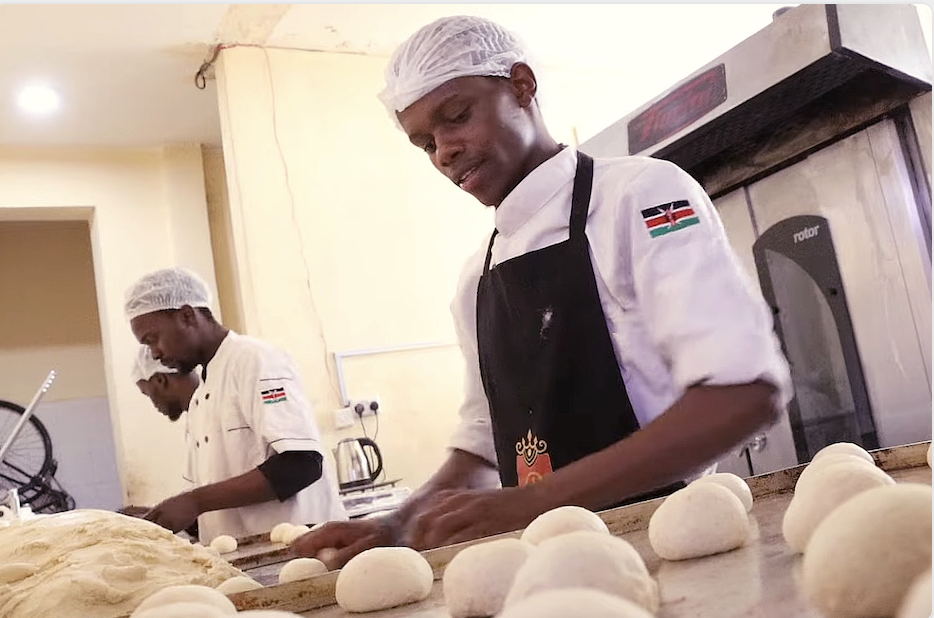
Kenya coffee nosedives due to high temperatures and low prices

Kenya’s farmers are grubbing up their coffee bushes to plant other crops as low prices and climate change drive small growers to the brink of collapse.
Arabica coffee, the higher-quality variety that Kenya grows, ends up in speciality beverages from Berlin to San Francisco. The plant thrives in moderate temperatures and high altitudes. But rising temperatures are scorching plants, making them susceptible to diseases such as coffee leaf rust.
Farmer Shadrack Wambua Mutisya has been growing coffee up a winding hill southeast of the Kenyan capital for 40 years but he’s replaced most of his bushes with banana, macadamia and avocado trees.
“Now we see diseases that we never saw before,” said Mutisya, 67, his dark brown eyes tinged with the blue of old age.
Average Kenyan temperatures have risen by 0.3 degrees per decade since 1985, according to USAID. More erratic rainfall is reducing quality and yields.
In the 1960s, Kenya averaged one storm day—more than 50 millimeters in 24 hours—per year,this is according to vice chairman of the African Fine Coffees Association board. In 2017, there were five storm days. That damages fragile roots and throws off the ripening cycle.
In Mutisya’s home county of Machakos, more than three quarters of the 200,000 farmers active in the 1980s have given up, said county cooperative union head Martin Muliya. Machakos is Kenya’s tenth largest coffee producing county.
Global coffee prices plunged to 2005 lows of 86 cents per pound this year, far below the cost of production in most of the world, especially Kenya, where beans are hand-picked. Prices have recovered to $1.18 per pound – but there’s still a glut.
Largely mechanized mega-producers such as Brazil and Vietnam have grabbed more than half the global market from small-scale speciality producers, US Department of Agriculture data shows.






